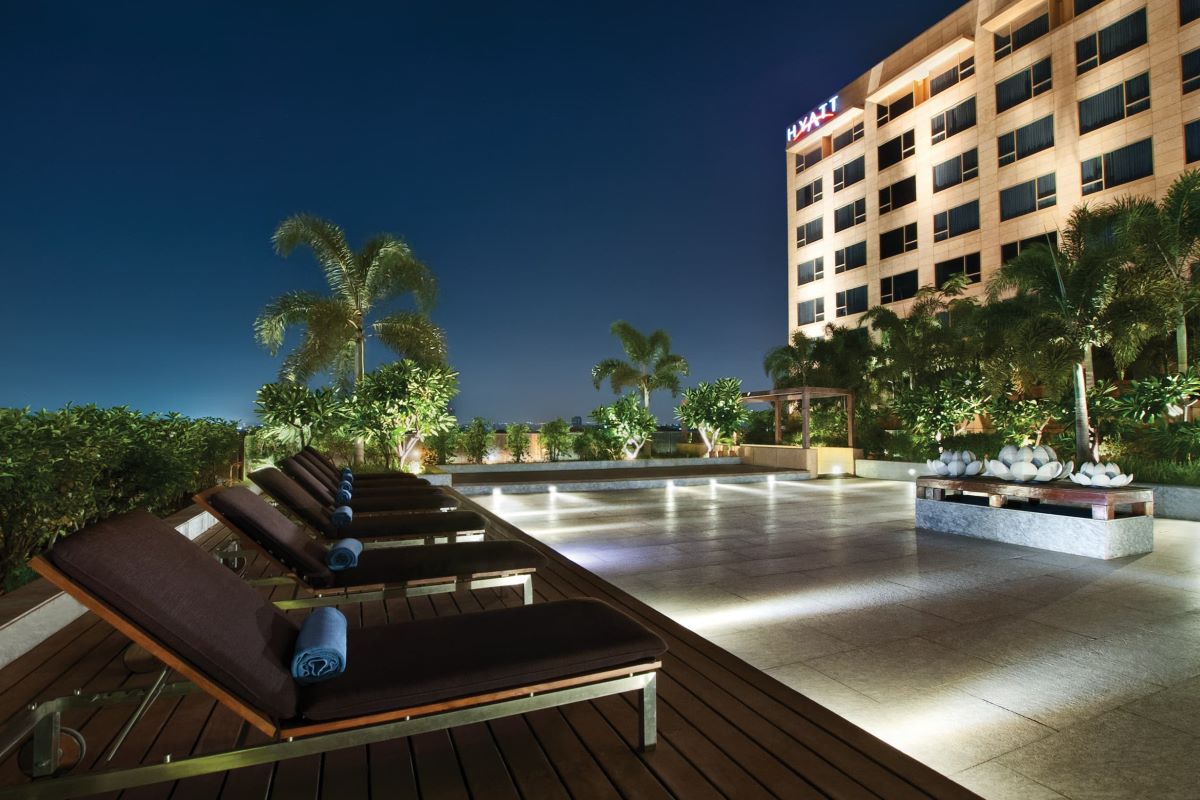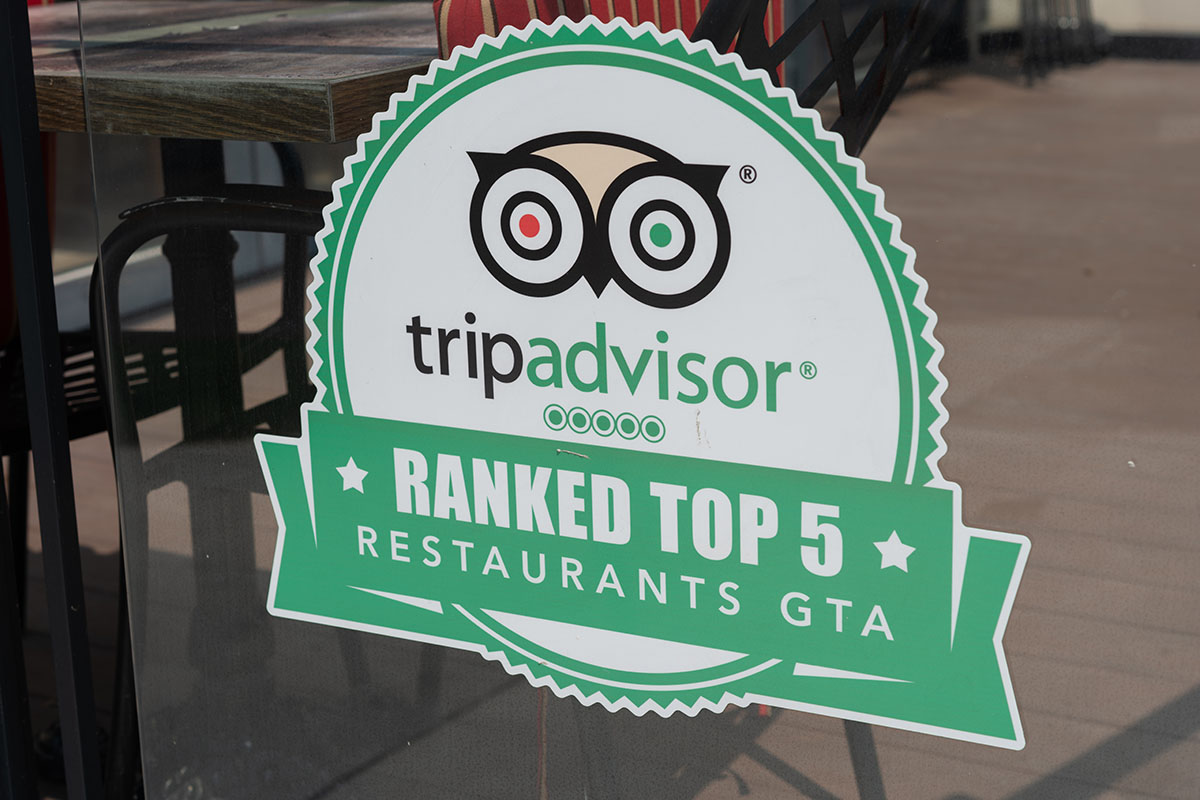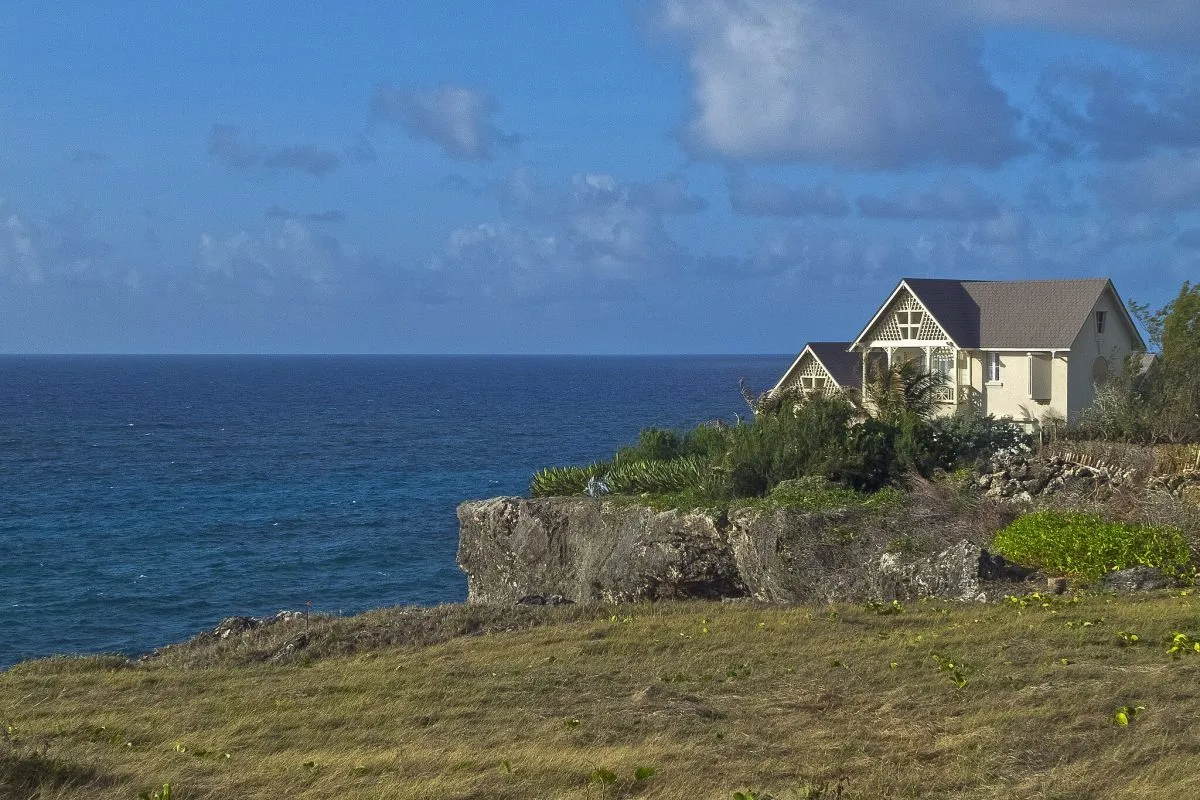New Orleans breaks out of Bourbon St stereotype with record tourism year

Skift Take
Tourists no longer think of New Orleans as only the French Quarter and food, and they're returning to spend more time in places they've already visited, says the head of the University of New Orleans' Hospitality Research Center.
Just over 9 million tourists and business travelers spent a record $6 billion in New Orleans last year, and the big draw was the variety of attractions including museums, festivals and parades, John Williams said Tuesday.
"A few years ago they were going to the French Quarter, (including) Bourbon Street, Cafe Du Monde, Jackson Square," he said.
Williams said, "I think we've really turned a corner as far as how we're viewed nationally and internationally," he said.
The number of visitors was the highest since Hurricane Katrina and the second-highest ever, according to the UNO study commissioned by the New Orleans Metropolitan Convention and Visitors Bureau and the New Orleans Tourism Marketing Corp.
The record was set in 2004, when 10.1 million visitors spent $4.8 billion in the city.
Nearly 59 percent of last year's visitors had come to New Orleans before, according to a survey of more than 15,000 visitors.
They're coming back to spend more time at such attractions as the National World War II Museum, the New Orleans Museum of Art and the Ogden Museum of Southern Art, the Audubon Zoo and Audubon Aquarium, the Children's Museum, and both fine and casual restaurants, Williams said.
"They're doing this in so many activities that this is noteworthy," he said.
That translates into longer stays — up from an average of 2.8 nights in 2004 to 3.8 nights last year. Business travelers are adding an average of 2.2 days to their stays "to take in all the attractions they weren't able to see while they were in the convention center," Williams said.
Festivals are a big draw, and have grown to much more than a seasonal business, Williams said. "It's hard to come on a visit without encountering a festival. That's great for us."
The survey found that 17.2 percent of the visitors have incomes above $150,000, and 22.3 percent have household income above $100,000.
The figures also show that New Orleans has recovered from both Katrina in 2005 and the economic downturn, which hit the city more in 2009 than 2008, Williams said.
Although the BP PLC oil spill of 2010 hit Louisiana's coast hard, it did not have a major effect on travel to New Orleans, Williams said.
"We saw a direct influence down by the coast, in that a lot of their restaurants and hotels might have been out of commission," he said. "Ours were not and we had a lot of business come into this area because of BP."
Copyright (2013) Associated Press. All rights reserved. This material may not be published, broadcast, rewritten, or redistributed.
![]()




